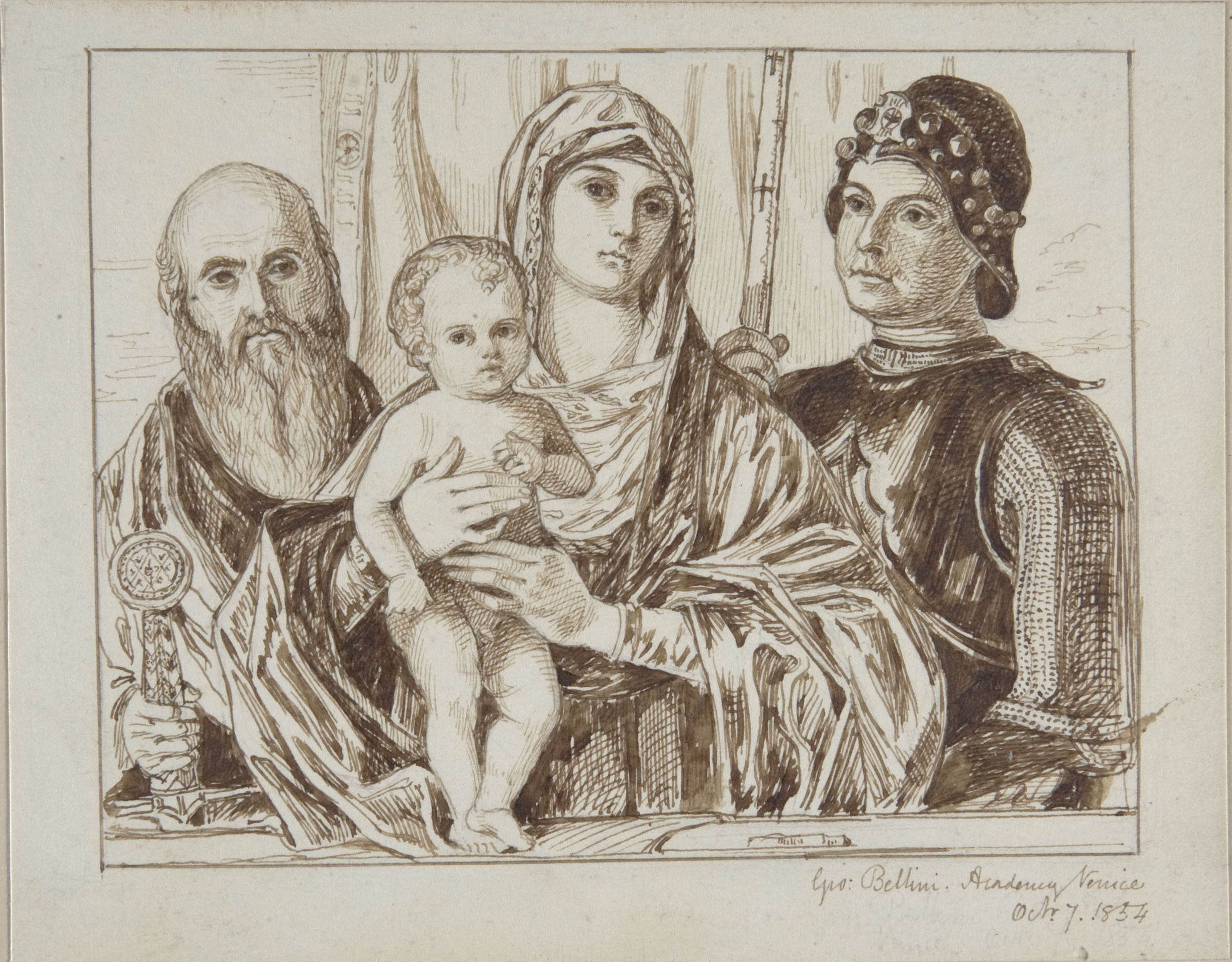Elizabeth Rigby (Fig. 1) was born in Norwich, although she spent significant periods of her youth living with family members in Germany and Estonia. Her early talent for drawing was nurtured by drawing masters, including the painter John Sell Cotman. However, it is as a writer that she is now best known.
Her first notable publication was a translation of J. D. Passavant’s Tour of a German Artist in England in 1836. An epistolary account of her Residence on the Shores of the Baltic in 1841 brought her to the attention of the publisher John Murray and she began to review topical cultural matters for the Quarterly Review. In 1849 Elizabeth married the painter Charles Lock Eastlake, who in 1850 was elected president of the Royal Academy (a position which brought with it a knighthood) and in 1855 first director of the National Gallery. The pair travelled to Europe most years in the service of the National Gallery, acquiring an unrivalled knowledge of the museums and private collections of the old masters in Italy. As Lady Eastlake, she continued to provide numerous reviews on art for the periodical press, as well as undertaking translations of Franz Kugler’s Handbook of Italian Art in 1851 and Gustav Waagen’s four-volume Treasures of Art in Great Britain published between 1853 and 1857. In 1860 she undertook to complete the late Anna Jameson’s History of Our Lord (1864).
Following the death of her husband in 1865, Lady Eastlake continued to write on a number of topics including the old masters, maintaining connections to an international network of artists, connoisseurs, and art historians, including Austen Henry Layard, Rawdon Brown, William Boxall, Giovanni Morelli, Jean Paul Richter, and, albeit briefly, Bernard Berenson. Her contributions to nineteenth-century connoisseurship were characteristically partisan, and often saw her at odds with Wilhelm von Bode and with J. A. Crowe and G. B. Cavalcaselle. Her last art historical work of note was Five Great Painters (1883), a collection of essays (previously published as journal articles) on old master painters that explored her subjects’ histories and critical afterlives.

